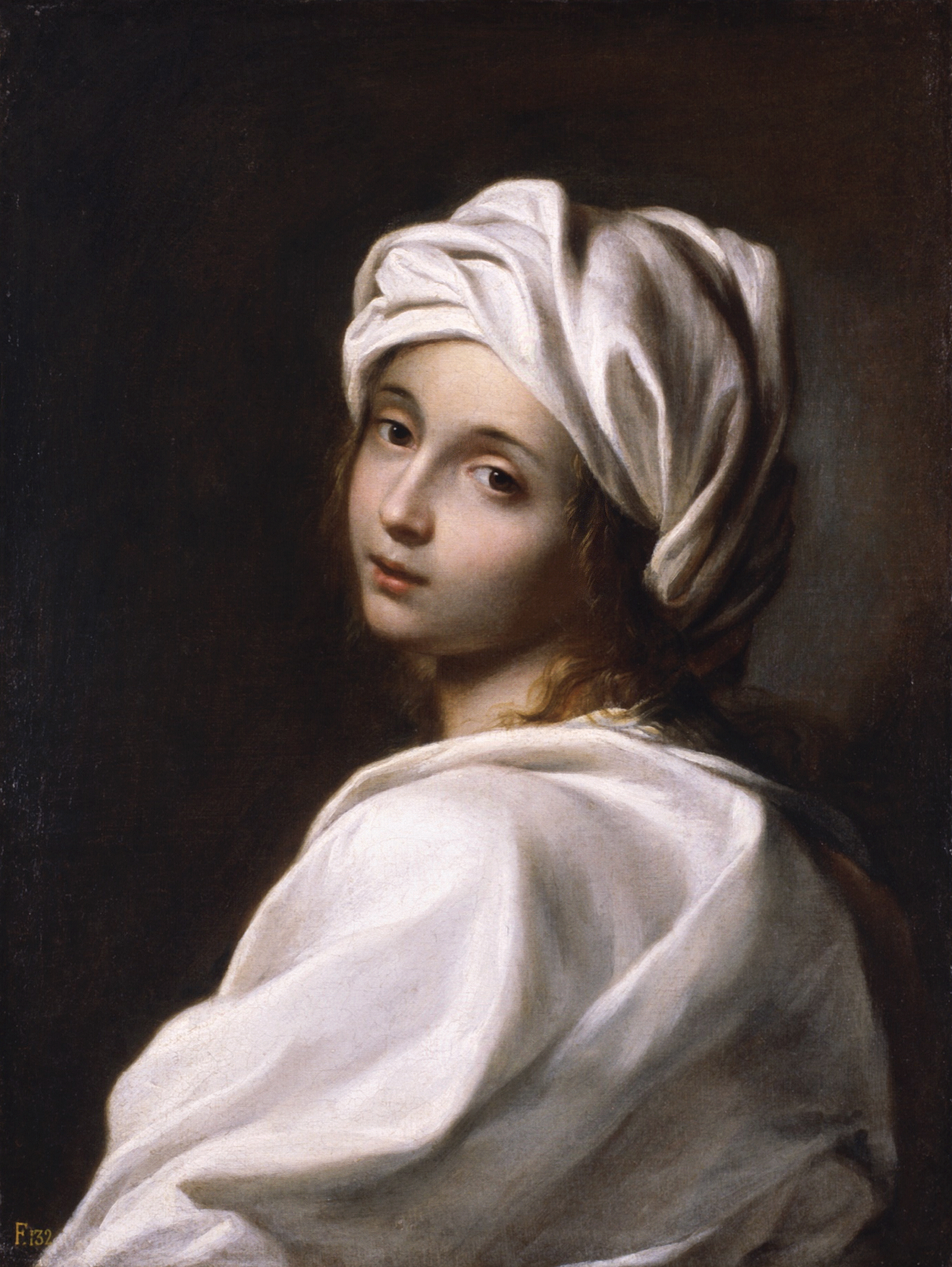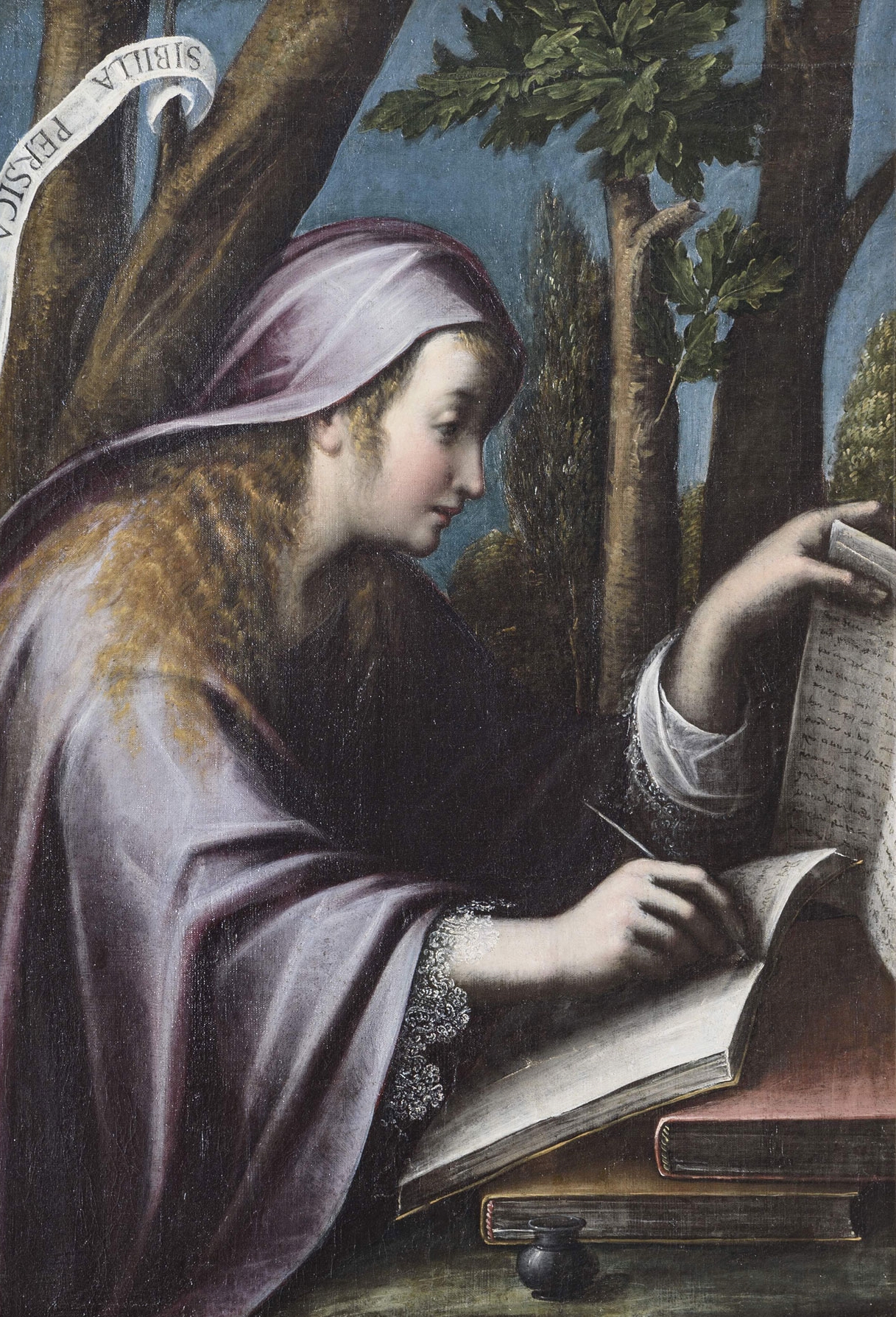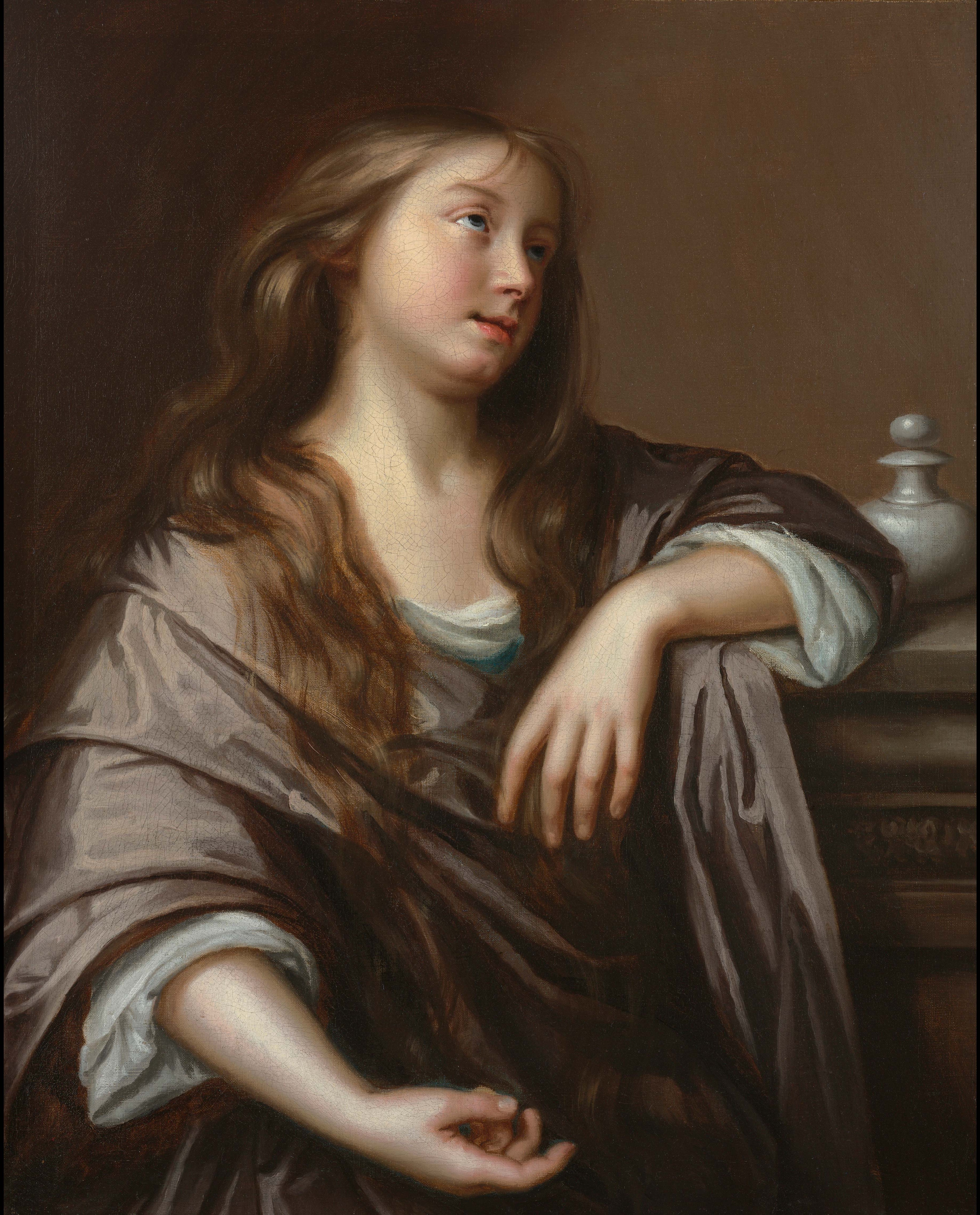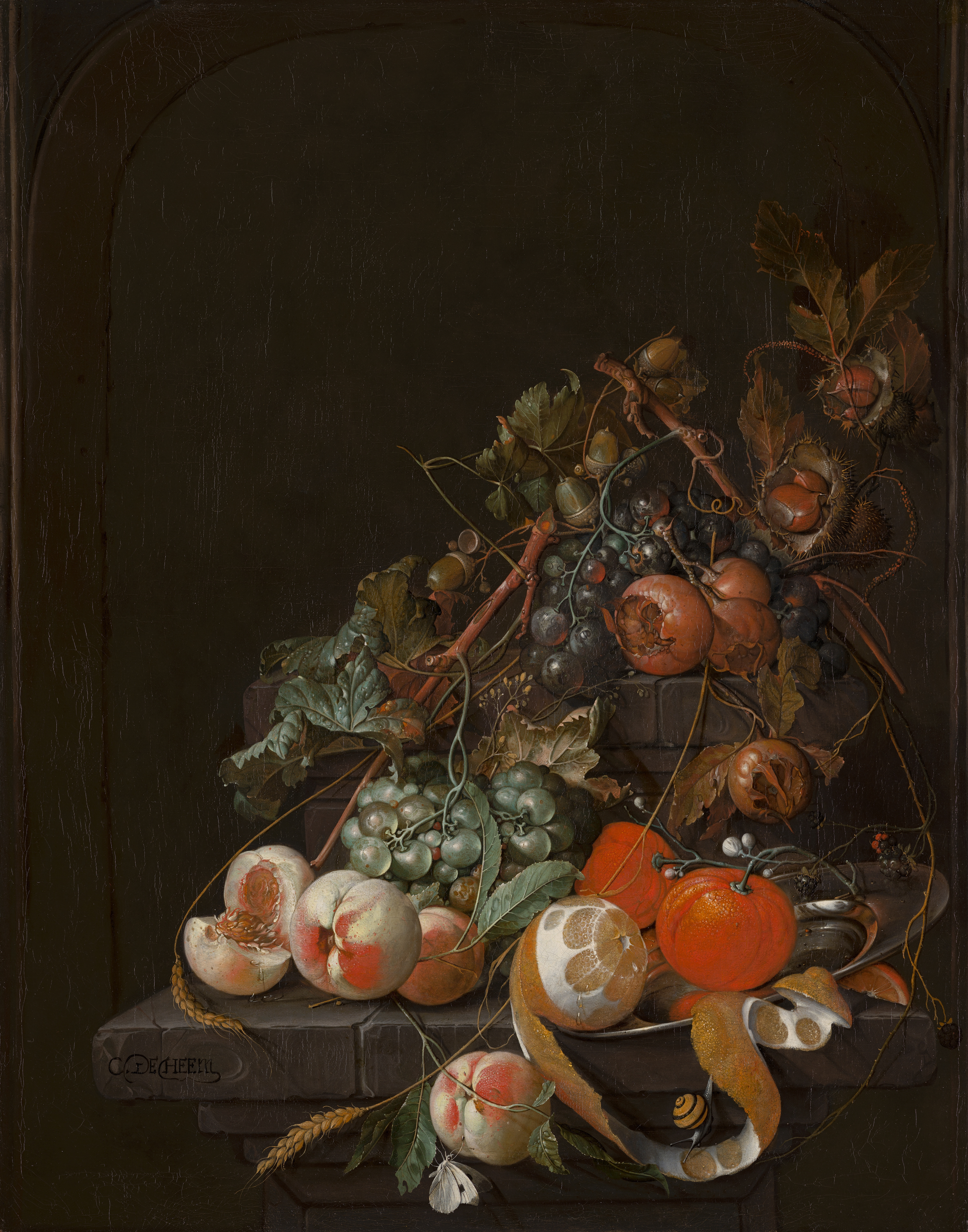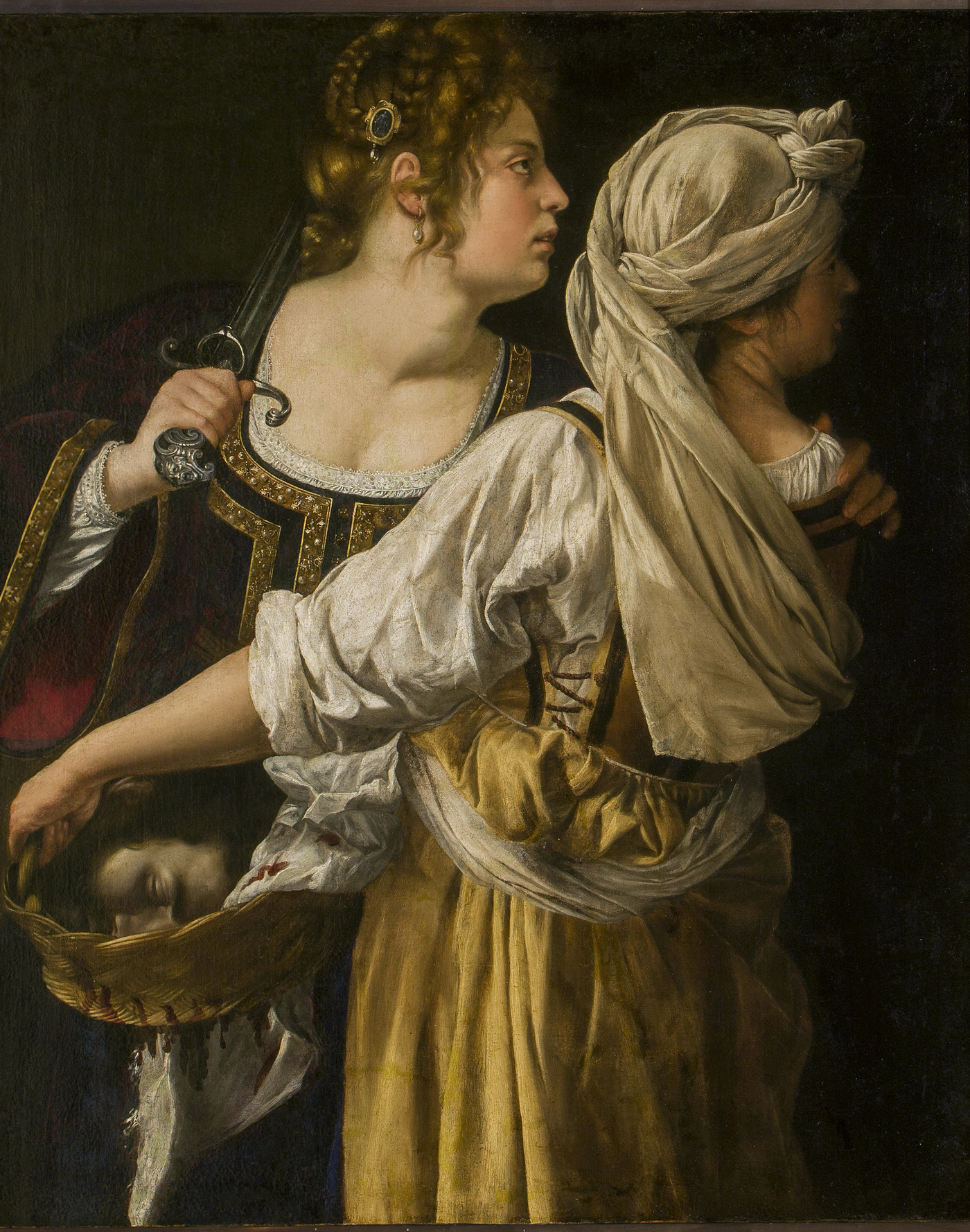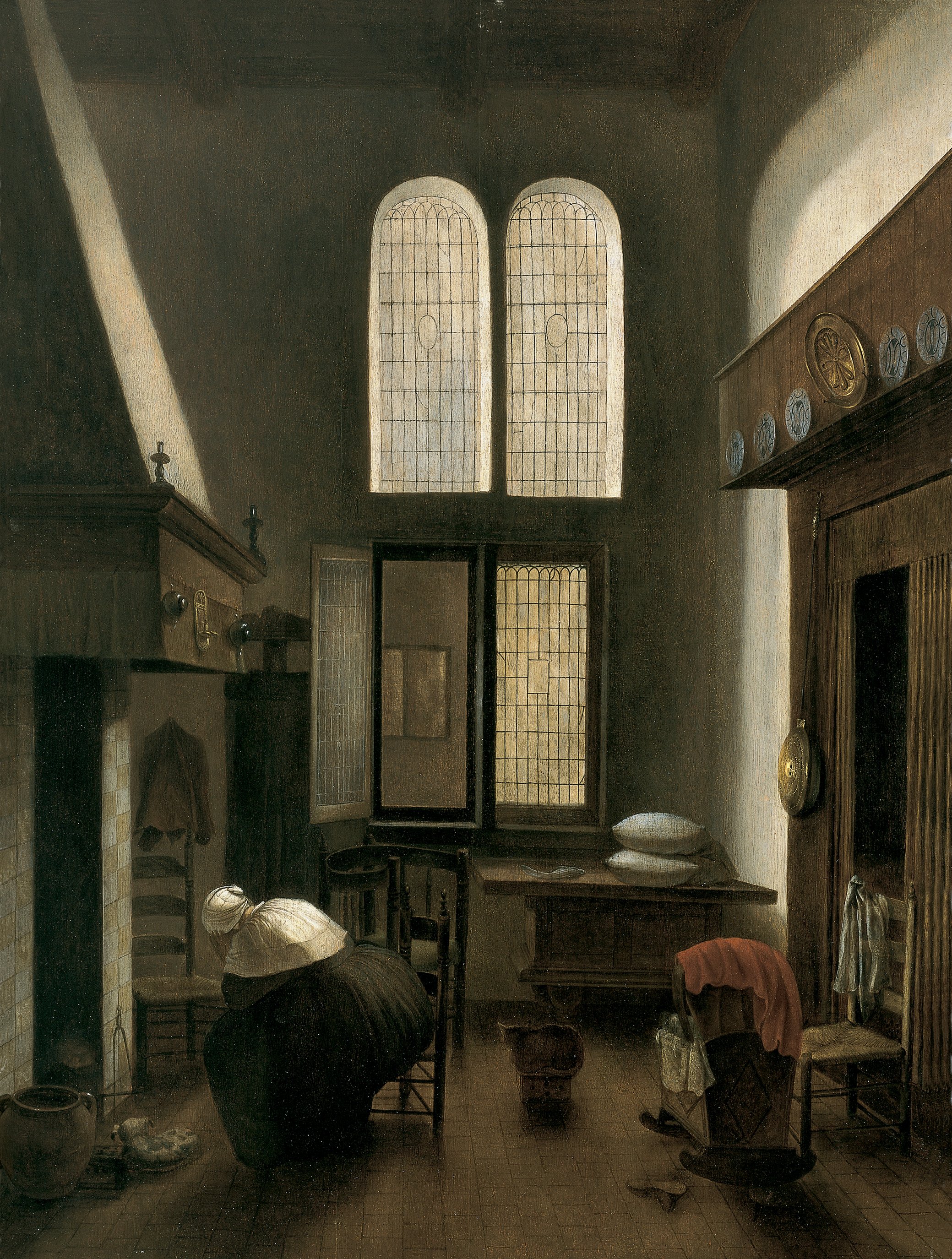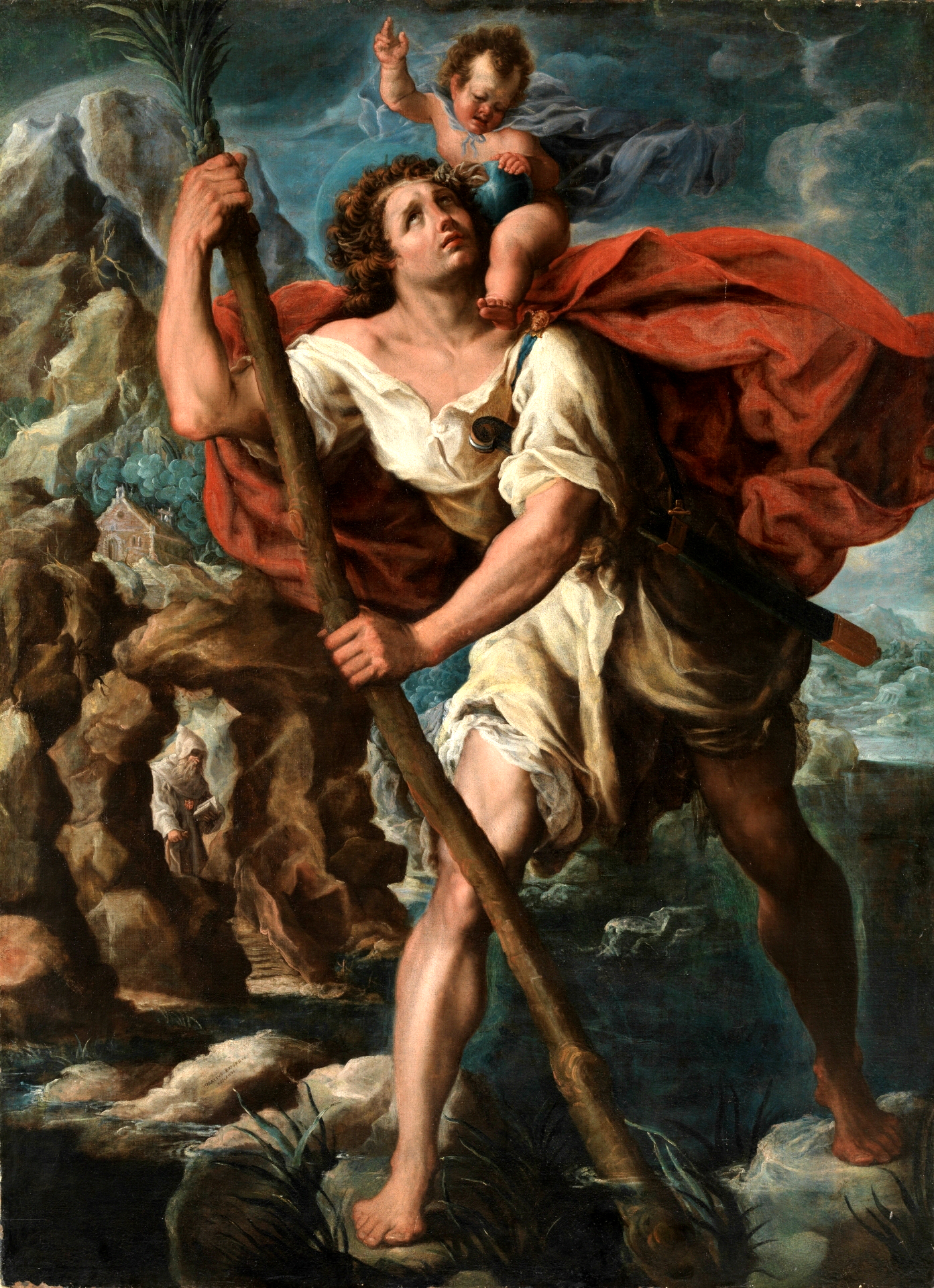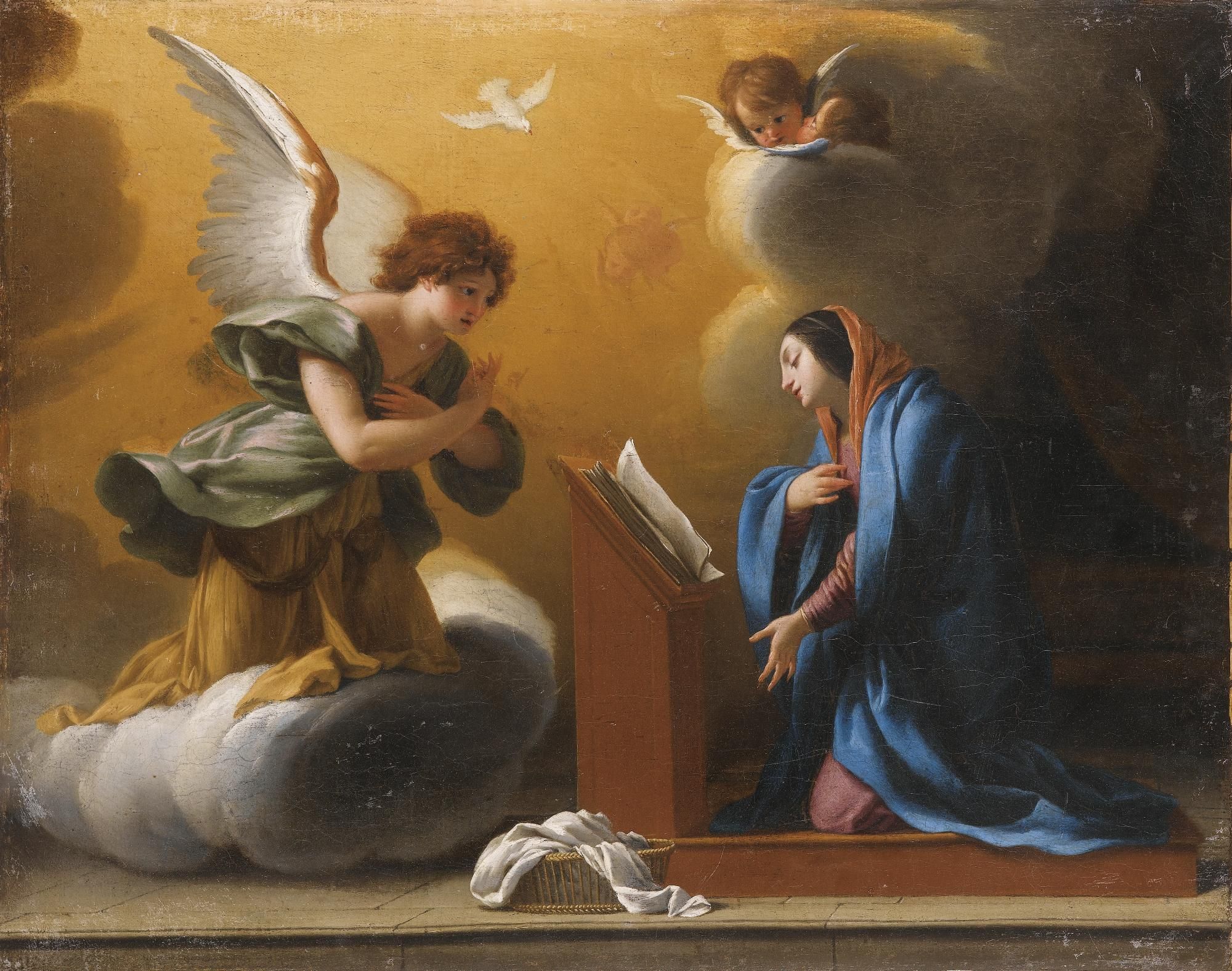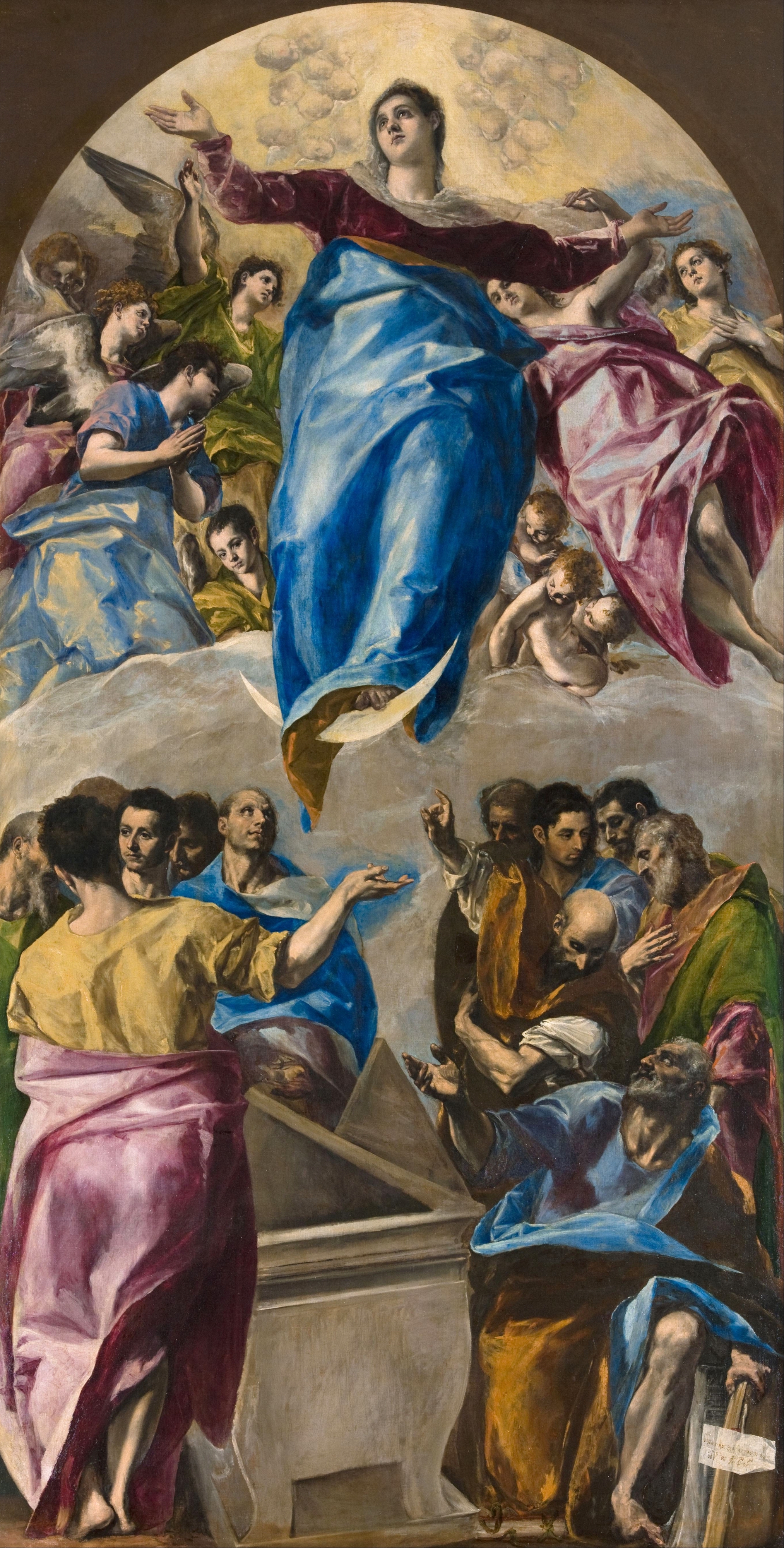Elisabetta Sirani
Italian painter, 1638-1665
Elisabetta Sirani was an Italian Baroque painter and printmaker who died in still unexplained circumstances at the early age of 27.
She was the most famous woman artist in early modern Bologna and established an academy for other women artists.
Sirani produced over 200 paintings, 15 etchings, and hundreds of drawings, making her an extremely prolific artist, especially considering her early death.



